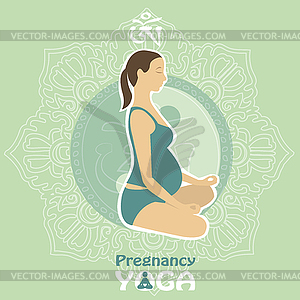Content writer-Dennis Roy
Do you ever find yourself offering one side of a student more attention than the various other? Achieve a more well balanced technique with this weekend's webinar!
A practical resource for yoga instructors, this publication dives into the 10 moral precepts of yogic technique-- the yamas and also niyamas-- by using real-life examples. A provocative read!
What is an Adjustment?
A change is something that alters the manner in which you perceive or experience something. As an example, when you get a pair of pants that are also long, you can make an adjustment by having them hemmed or making use of safety pins. You can likewise have an adjustment in your yoga exercise method by adjusting how you relocate or holding a pose to fit injury or discomfort.
During an adjustment, the chiropractic physician sends brand-new signals to the mind regarding activity in a joint, which properly override the old ones that were perceived as unpleasant. This results in reduced pain and improved activity from the joint. Adjustments can just be provided by a qualified chiropractic care medical professional, which suggests that yoga teachers are not able to do changes on their trainees.
Among the most essential lessons that yoga teachers must find out is exactly how to set borders for themselves. This is particularly true when they are instructing classes, as it's simple for teachers to wear out if they don't take some time to fill their very own mug.
How to Adjust
Several educators use hands-on changes to press trainees better into a posture, even when it is not beneficial to their physical or emotion. Therefore, injuries often happen. For example, a student's shoulder may break when an instructor drapes their entire body over their upper body in Downward-Facing Dog because they think it will deepen the position, not aware that they are just triggering the pupil to be uneasy and also probably hurt themselves better.
https://malayalam.samayam.com/lifestyle/fitness/different-type-of-yoga-asanas-and-its-benefits/articleshow/101135231.cms -on modifications and also assists should be sensitive, individualized, as well as based on sound physiological principles. They need to likewise be done within a student's capability to make sure that they do not come to be reliant on hand-operated changes to execute a posture securely and also effectively. This can hinder their very own capability to develop a stance by practicing by themselves, which would be destructive to the yoga practice. This would certainly likewise be a violation of a yoga exercise educator's responsibility to support the growth of their trainees' self-reliance on the floor covering.
Determining a Student Needing a Modification
While there are several situations where physical hands-on modifications can boost a trainee's experience and efficiency in the present, there are times when they might not be necessary. Students are frequently able to readjust themselves or the teacher can give assistance that changes a pose to be a lot more accessible, less difficult, or even restorative.
When a pupil does need a modification, teachers need to think about the student's readiness to get touch, their need to move into the following phase of the position and also whether there is a clear line of communication. It is essential for teachers to be able to respond suitably to comments, especially in cases where a trainee reports that a change created injury or pain.
In this transformative workshop, individuals will discover to recognize the circumstances when hands-on aiding is appropriate, efficient and helpful for their trainees. Via interactive concept and practice sessions, participants will develop self-confidence in working "hands on" to improve postures and establish deep links with their students.
Recognizing a Teacher Needing a Change
When students are practicing postures inaccurately, a physical adjustment can help them remedy their positioning. This assists students stay clear of injury in the short term as well as build stamina and joint honesty in their bodies over time. In addition, hands-on changes train students to use their proprioceptive intuition so they can determine as well as correct their alignment by themselves.
Nevertheless, yoga trainers need to take care when readjusting their students. Some trainees are unable to receive physical touch as a result of their personal experience or previous injuries. It is very important to be able to interact with each student about what degree of touch they are comfortable with.
This extensive weekend break workshop equips teachers with useful skills to safely as well as wisely deliver a range of transformational hands-on aids. It covers the foundations of aiding as well as discovers strategies for standing, equilibrium, twisting, forward bends, backbends, inversions and also Shavasana. This workshop also covers crucial training methods and honest standards that prioritize safety as well as wellness in class.

UNDER MAINTENANCE

